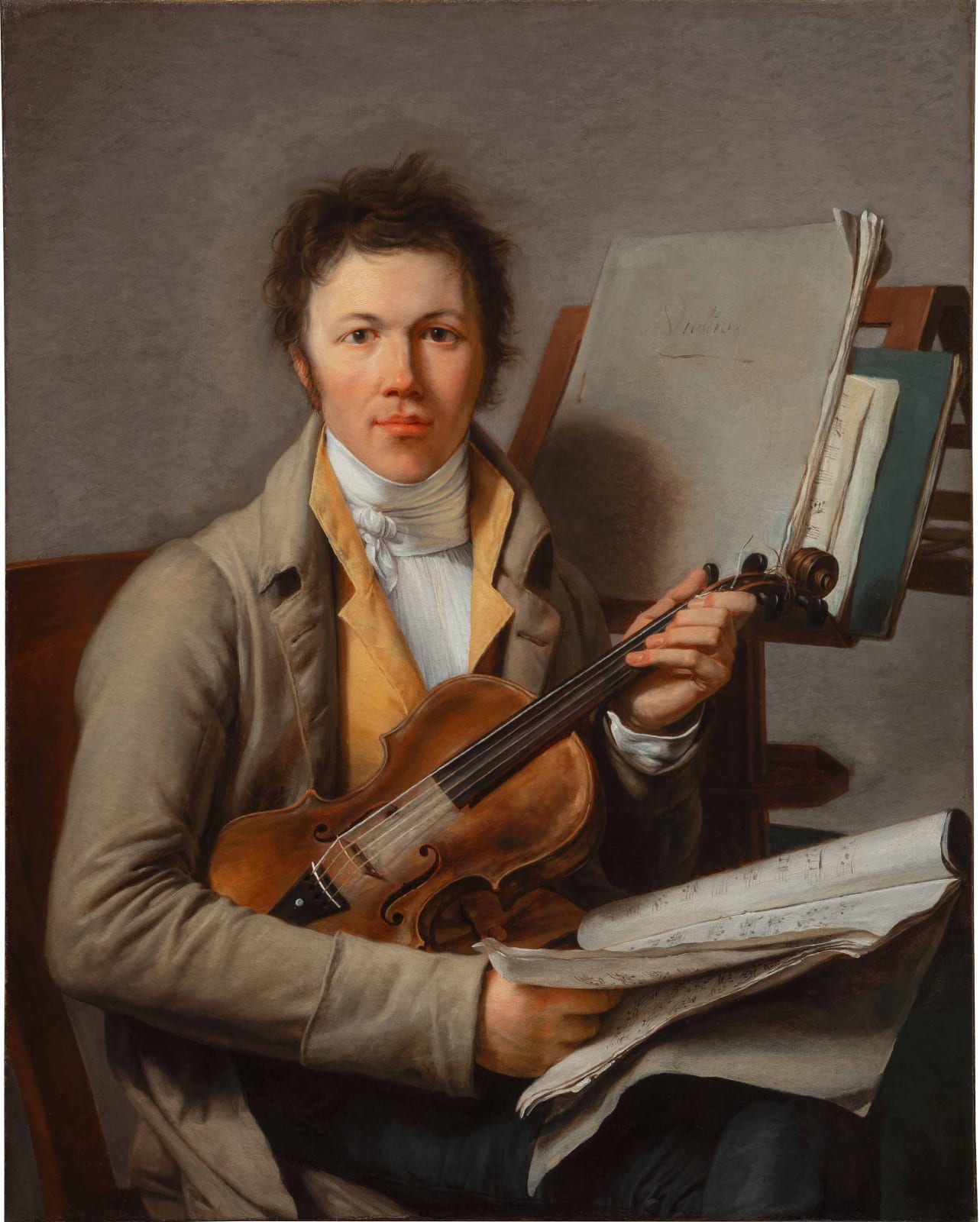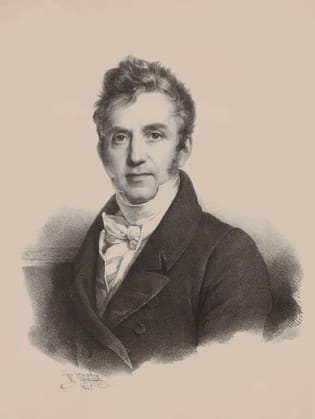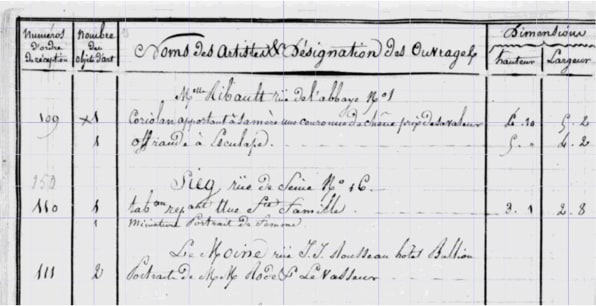Pietro BENVENUTI
Portrait of Elisa Baciocchi, 1812 - 1814



Subscribe to our newsletter to receive all the news about exhibitions, fairs and new acquisitions!